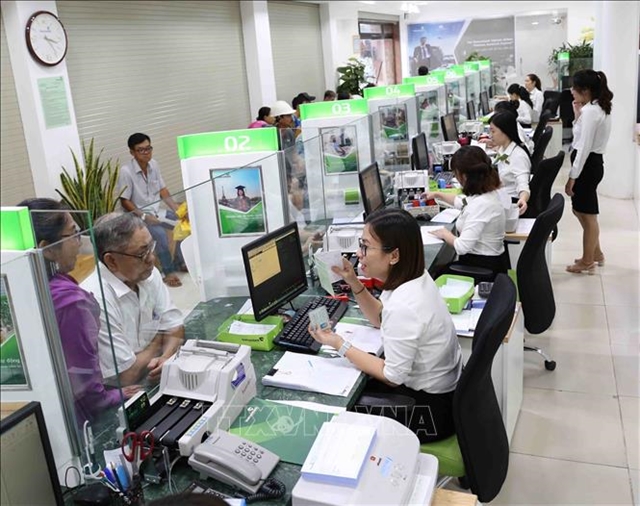
HÀ NỘI — The opening month of this year saw a modest improvement in business conditions in the Vietnamese manufacturing sector, according to a report by a London-based information services firm.
IHS Markit released the Việt Nam Manufacturing PMI report on Monday from responses to monthly questionnaires sent to purchasing managers in a panel of about 400 manufacturers.
The Việt Nam Manufacturing Purchasing Managers’ Index (PMI) remained above the 50.0 neutral mark last month, posting 50.6 following a reading of 50.8 in December last year.
The index signalled a modest improvement in the health of the manufacturing sector at the start of this year.
Supporting the improvement in business conditions was a moderate rise in new orders.
The rate of input cost inflation gathered pace but remained relatively muted, while output prices rose slightly for the second month running.
Respondents indicated stronger customer demand had been behind the increase in new orders. Meanwhile, new export orders returned to growth following a slight reduction in December.
Although new orders continued to rise, manufacturing production ticked down last year.
Output has now fallen in four of the past five months, but the pace of reduction remained marginal, said the report.
The combination of rising new orders and a scaling back of production led to a number of firms to use stocks of finished goods to help meet new business requirements.
As a result, post-production inventories decreased, and at the fastest pace in three months. Despite this, firms still reported an increase in backlogged work. The accumulation was the fifth in as many months, albeit only marginal.
Staffing levels rose at a fractional pace in January, with the rate of job creation the weakest in the current three-month sequence of rising employment.
Manufacturers expanded purchasing activity at a slightly faster pace in January.
Despite the rise in input buying, stocks of purchases were broadly unchanged as some respondents restricted stock holdings in line with lower output requirements.
Input prices rose at the fastest pace for eight months, albeit one that was still relatively muted.
Higher costs of imported goods and supply shortages were reportedly behind the latest increase.
Issues in the supply of materials also contributed to a second successive lengthening of suppliers' delivery times, though only fractional.
With input costs increasing, firms raised output prices. Selling price inflation was recorded for the second month running, with a modest rise in line with that seen in December.
Confidence in the 12-month outlook for production improved at the start of the year and was the highest for three months.
Positive sentiment mainly reflected predictions of rising new orders and the launch of new products.
Commenting on the results, Andrew Harker, associate director at IHS Markit, said there was more positive news in terms of new orders in the latest Việt Nam PMI, with the expansion taking the current sequence of growth to 50 months.
“Despite this, firms appear to be taking a step back from raising production at present, preferring to utilise inventories to help meet customer orders. This will likely change soon, however, should the upward trajectory of new business continue,” he added.
"The Vietnamese manufacturing sector looks set to be a star performer again in 2020, helping to support impressive growth in the wider economy. IHS Markit forecasts industrial production to rise 7.9 per cent during 2020.” — VNS































